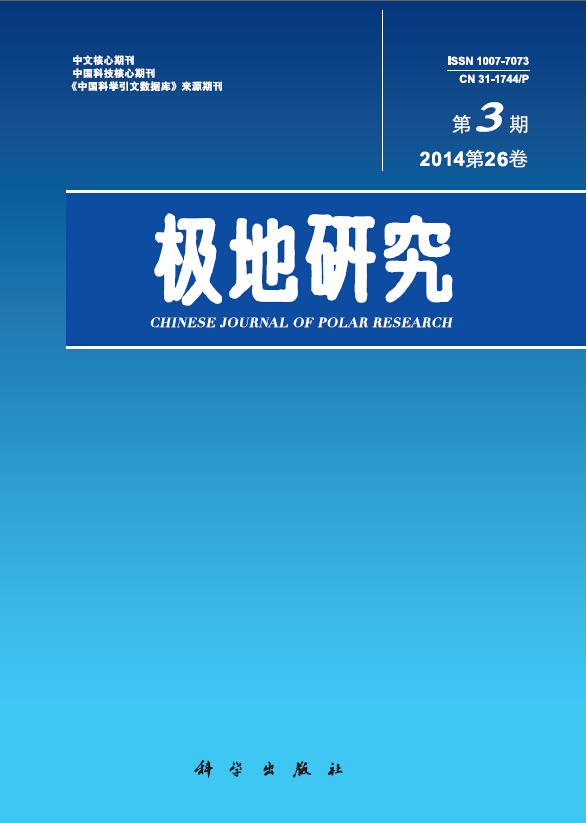|
|
CHARACTERISTICS of SPECIES COMPOSITION AND COMMUNITY STRUCTURE ON THE AUSTRE LOVENBREEN GLACIER FORELAND, NY-ÅLESUND, SVALBARD
YAO Yifeng, CAO Shunan, PENG Fang, LI Chengsen
2014, 26 (3):
362-368.
DOI: 10.13679/j.jdyj.2014.2.362
To enable ongoing research on the growth of tundra plants, vegetation succession, and response to glacier retreat, vegetation quadrats were established on the Austre Lovénbreen glacier foreland, in Ny-Ålesund, Svalbard. Species composition and community structure were investigated during the scientific expedition to the Chinese Arctic Yellow River Station in 2012. Only the pioneer plant, Saxifraga oppositifolia, was found in quadrat No. 6 at the location of the A glacier terminus in 1990, representing the early stage of vegetation succession. Overall, the vegetation was dominated by Salix polaris, Draba bellii, and crustose lichens such as Ochrolechia frigida and Pertusaria sp., and there were increasing numbers of individual plants in quadrat No. 7, reflecting the vegetation composition after 75 years of glacier retreat. Over time following glacier retreat, the composition of the vegetation changes and develops to a mature type. Salix polaris predominated in the mature quadrats, coupled with the occurrence of foliose lichens like Flavocetraria nivalis and Cetraria aculeata. In addition, lichen diversity and coverage increased. The present study indicates that species composition and community structure on the Austre Lovénbreen glacier foreland have changed over time following glacier retreat.
Related Articles |
Metrics
|

